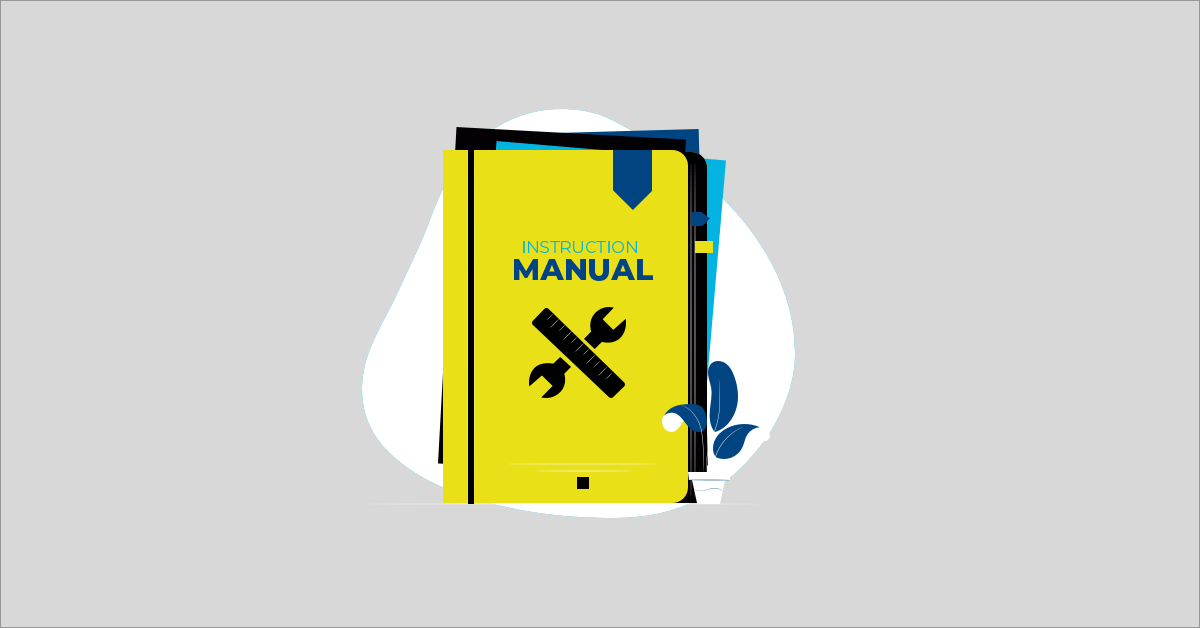Requirement traceability is a key aspect of software development that enables organizations to ensure that the final product aligns with the initial requirements. This process entails tracking the relationship between requirements and design, development, testing, and maintenance activities. By establishing a clear link between requirements and other aspects of software development, requirement traceability allows organizations to ensure that the final product meets the desired quality, functionality, and performance.
When it comes to massive projects that crossover to other teams, worries such as whether all the requirements are being tracked or how to solve better an issue that might come up are often many. The scope and impact of a simple oversight or mistake can become overwhelming. Luckily, there are a couple of ways to track test cases back to requirements. This article will cover the benefits, impacts, and solutions that teams can implement.
Benefits of Requirement Traceability
Requirement traceability provides numerous benefits to organizations that implement it in their software development process. Some of these benefits include:
- Improved Quality Assurance: Requirements are accurately implemented, while errors and defects are identified early in the development process. This facilitates streamlining of testing and validation and ensures the final product’s quality.
- Enhanced Project Management: Better project planning and estimation and improved communication among stakeholders. This ensures that project goals are met and that stakeholders are aware of the development progress.
- Increased Business Value: Transparency into the development process, alignment of development efforts with business objectives, and better decision-making. This ensures that the final product meets business requirements and adds value to the organization.
Consequences of Inadequate Requirement Traceability
Without requirement traceability, organizations may experience numerous consequences that can impact their software development process. Some of these include:
- Scope Creep: Without requirement traceability, it can be challenging to identify which requirements have been implemented and which are yet to be implemented. This can lead to scope creep, where additional requirements are added to the project, leading to cost and schedule overruns.
- Increased Costs: Without requirement traceability, it can be difficult to identify which requirements have been implemented, leading to unnecessary rework and additional costs.
- Reduced Quality: Inadequate requirement traceability can lead to defects and errors in the final product, which can reduce the quality of the product.
- Damaged Reputation: The negative consequences of inadequate requirement traceability can lead to a damaged reputation for the organization, as customers may perceive the final product to be of poor quality or not meeting their requirements.
Requirement Traceability and Testing
Requirement traceability also has a significant impact on testing as it ensures that all requirements are tested and that test cases are linked to the requirements. This enables organizations to perform coverage analysis to ensure that all requirements are tested. Additionally, requirement traceability helps identify which requirements have been tested, enabling better defect tracking and reporting.
Without requirement traceability, testing can be challenging as it can be difficult to identify which requirements have been tested. This can lead to testing not covering all requirements, increasing the risk of defects and errors in the final product. A few other dependent problems can include:
- Cost and schedule overruns: If quality issues are identified late in the development cycle, it can lead to cost and schedule overruns as developers have to spend more time fixing bugs and errors.
- Reduced user satisfaction: Quality issues can impact the user experience and reduce user satisfaction. This can lead to negative reviews, poor adoption, and even loss of customers.
- Security risks: Inadequate testing can lead to security vulnerabilities in the software, exposing it to risks such as hacking, data breaches, and other cyber threats.
- Legal and regulatory issues: Inadequate testing can result in non-compliance with legal and regulatory requirements. This can lead to legal liabilities, fines, and other penalties.
Best Practices for Using Requirement Traceability in Testing
To implement requirement traceability effectively, organizations should follow some best practices that are mentioned below:
- Establish a traceability matrix: A traceability matrix is a key tool that helps organizations establish and maintain traceability between requirements and other aspects of software development, such as design, development, and testing. It enables organizations to identify which requirements are linked to which design elements, test cases, and other development activities.
- Define and document requirements: This should be done in a clear and concise manner to ensure that they are understood by all stakeholders while the functional, non-functional, and technical requirements and their dependencies.
- Establish a change management process: In order to maintain traceability and avoid scope creep, this practice ensures that changes to requirements are tracked, reviewed, and approved by relevant stakeholders.
- Use a requirements management tool: In order to track requirements, their status, and their dependencies, this practice helps maintain a centralized repository of requirements, making it easier to manage and maintain traceability.
- Conduct regular reviews: This practice allows organizations to identify any gaps or inconsistencies while ensuring that requirements are accurately implemented and that traceability is maintained throughout the development process.
- Establish a communication plan: To ensure that all stakeholders are aware of the requirements and their status, regular updates on the status of requirements, any changes or updates, and how they impact the development process should be provided.
- Ensure adequate testing: When there is assurance that all requirements are tested adequately and that test cases are linked to the requirements, defects, and errors are identified and corrected early in the development process.
Tools to map requirement traceability
One of the ways that I incorporated requirement traceability into my projects was by leveraging TestRails. A prerequisite for this capability is to ensure all the requirements are captured via JIRA (a bug-tracking tool). After adding the test cases to TestRails, open a single test case and add the JIRA ID of the feature requirement that corresponds to this test case. Once all the feature IDs belonging to the relevant test cases are added, a report can be generated which showcases the overall percentage of requirements that have test case coverage. This report can be used to identify the gaps and prevent scope creep in the future as well.
Requirement traceability is a critical aspect of software development that ensures that the final product meets the desired quality, functionality, and performance. It provides numerous benefits, including improved quality assurance, enhanced project management, and increased business value. Without requirement traceability, organizations can experience negative consequences such as scope creep, missed deadlines, increased costs, and reduced quality.




%20(1).png?width=150&height=69&name=MuukTest-logo---light-background%20(3)%20(1).png)
